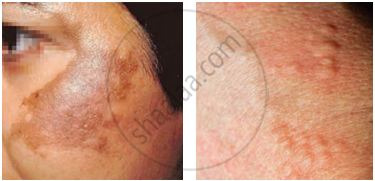Process of Synthetic Colour Production:
- Synthetic colours are created through chemical processes involving petroleum products, coal tar, or other chemical compounds.
- Chemical reactions are used to produce specific shades, often by combining organic and inorganic substances.
- Stabilisers and additives are added to enhance the durability and brightness of the colour.
- The mixture is purified to remove impurities and ensure safety for industrial or consumer use.
- The final product is tested for quality and packaged in powdered, liquid, or gel form for various applications.

